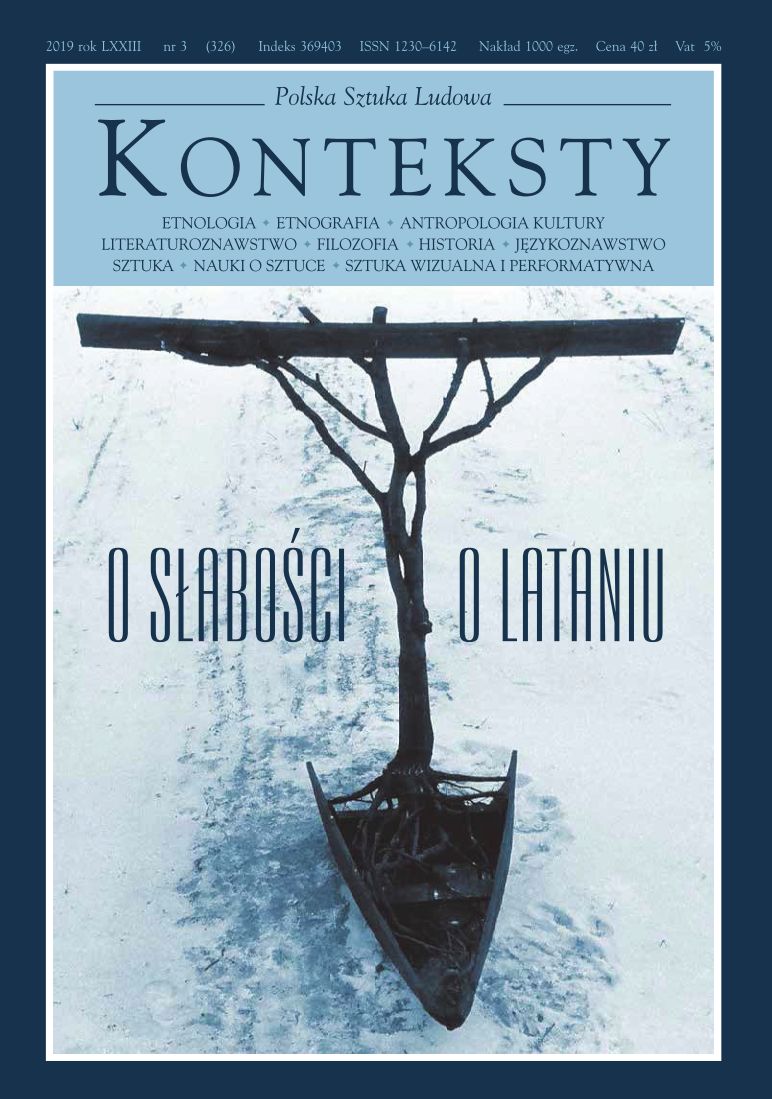Ptasie metamorfozy: Suibhne, Pikus i Tristan
Bird Metamorphoses: Suibhne, Picus, and Tristan
Author(s): Joanna Gorecka-KalitaSubject(s): Language and Literature Studies, Fine Arts / Performing Arts
Published by: Instytut Sztuki Polskiej Akademii Nauk
Keywords: Suibhne;Picus;Tristan;flying;anthropology;
Summary/Abstract: This article embarks upon aviantropistic transformation in the Old French poem: Folie Tristan (twelfth century), analysed against the background of two texts belonging to different epochs or cultures: an anonymous saga from the so-called historical cycle of Irish mythology, telling the story of the warrior Suibhne, who due to his sin and the resultant curse cast by St. Ronan was condemned to a “bird’s” existence in tree tops, and the tale of the mythical Picus, recounted by Ovid and Virgil, in which the son of Saturn and king of Latium was changed by jealous Circe into a woodpecker. Although in Old French texts the miracle factor was conspicuously reduced and subjected to essential rationalisation (in the Christian approach dominating from the Patristic era the possibility of a transformation of man into an animal is decidedly rejected and relegated to the domain of diabolical illusions) the conducted analysis shows fascinating similarities - evidence of the survival of a mythical substrate below the stratum of courtly narration. In this way, the motif of transformation into a bird gains a different dimension: unlike the mediaeval lais, marked with elfin miraculousness, it is not a poetic ornament but a trace of ominous, taboo-based punishment forcing to pose questions about the nature and limitations of humanity.
Journal: Konteksty
- Issue Year: 326/2019
- Issue No: 3
- Page Range: 219-226
- Page Count: 7
- Language: Polish
- Content File-PDF

